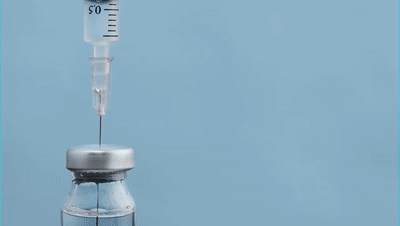

Flu activity was unusually low throughout the 2020 to 2021 flu season in the U.S., despite high levels of testing. These low levels of activity contributed to significantly fewer flu hospitalizations and deaths compared to previous season. This is likely due to more precautions during the COVID-19 pandemic, such as frequent hand washing, mask wearing, and staying home.
Influenza (flu) viruses typically spread in the fall and winter, with activity peaking between December and February. Ensuring that patients receive routine vaccinations is crucial to keeping communities healthy. As such, the Centers for Medicare & Medicaid Services (CMS) has included Influenza Immunization as a quality measure for Medicare Part B Claims, eCQM, CMSWeb Interface, and MIPS CQM, defined as:
Given the timing of the flu season, it is important to focus on this quality measure early in the fall and winter. This measure is unique since it crosses performance years for limited time frames. The measure assesses influenza vaccinations typically beginning in August of the prior reporting year and ending in March of the current reporting year. Due to the changing nature of the CDC/ACIP recommendations, it is recommended that clinicians review guidelines for each flu season to determine appropriateness of the live attenuated influenza vaccine (LAIV) and other formulations of the flu vaccine.
For organizations participating in a Medicare Shared Savings Program (MSSP) ACO and reporting quality measures using the CMS Web Interface, medical record documentation is necessary to support information submitted for PREV-7 (NQF 0041): Preventive Care and Screening: Influenza Immunization.
Web Interface Quality Reporting for 2021PY is officially underway January 3, 2022 until March 31, 2022. To ensure accurate and complete reporting, follow the below best practices:
- If the CMS Web Interface has been prefilled with “Yes” based on claims data, no further action is required for reporting
- Documentation of patient reported influenza immunization is acceptable during the flu season
- If a patient did not receive an influenza immunization, review the medical record to see if there is a qualifying denominator exception, such as:
- Medical reason(s) – example: patient allergy, other medical reasons
- Patient reason(s) – example: patient declined, other patient reasons
- System reason(s) – example: vaccine not available, other system reasons
For free flu communication resources to share with your patients, visit https://www.cdc.gov/flu/resource-center/index.htm.
About the Author


